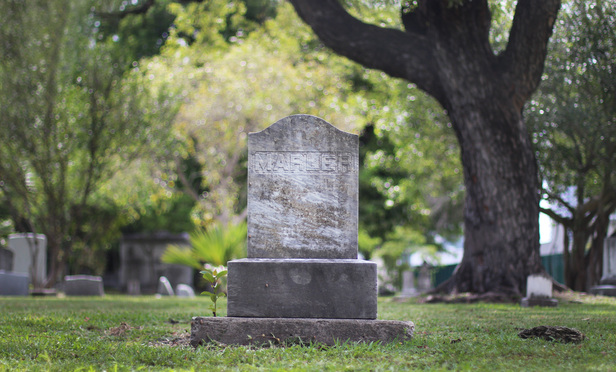In New Jersey, there is a common misconception that any lawsuit relating to a death caused by an alleged wrongful act is a “wrongful death” action. While a wrongful act may well have caused a decedent’s death, there are two separate and distinct causes of action in New Jersey that provide relief, N.J.S.A. 2A:31-2 (Wrongful Death Act) and N.J.S.A. 2A:15-3 (Survival Act). Both acts provide distinct forms of relief to distinct parties, but the distinctions are often overlooked by … everyone. While this article has little application to cases where a decedent dies testate due to an executor’s ability to sue under both acts, it will benefit attorneys involved in litigation based on the death of an individual who died intestate.
As we all know, the importance of estate planning is often neglected. People die without wills. In cases where the family of an intestate decedent intends to bring survival and wrongful death claims on behalf of their decedent’s estate, the estate must first be properly administered prior to the institution of such claims or risk premature disposal of valid claims. In these actions, a plaintiff is more often than not captioned as the “general administrator of the estate” of the decedent with the survival and wrongful death claims typically pled in the same count. However, this inclusive pleading custom can have fatal implications due to the exclusivity of the two acts and those parties who have standing to pursue causes of action under each. While many plaintiffs are captioned as the “general administrators” of their decedent’s estate, oftentimes they only possess letters of “administration ad prosequendum.” Letters of general administration and administration ad prosequendumprovide individuals with two separate and distinct authorities that are evident in the language of the letters themselves. Absent proper forms of administration, a defendant may take advantage and move to significantly limit exposure by challenging standing.



